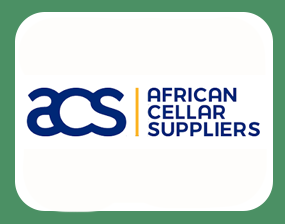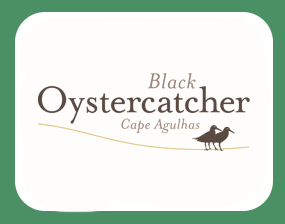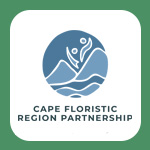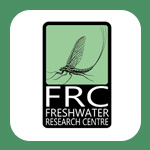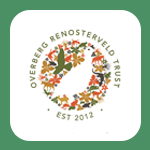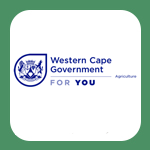
From start to ‘fin’-ish: Unearthing the fynbos fish of the Nuwejaars River
A new mission has launched – to find out more about the secretive fynbos fish species that have survived for millions of years hidden in these waters.
This project is made possible by:
This project is supported by Fondation Segré through IUCN Save Our Species. Its contents are the sole responsibility of the Nuwejaars River Nature Reserve and do not necessarily reflect the views of IUCN or Fondation Segré.











